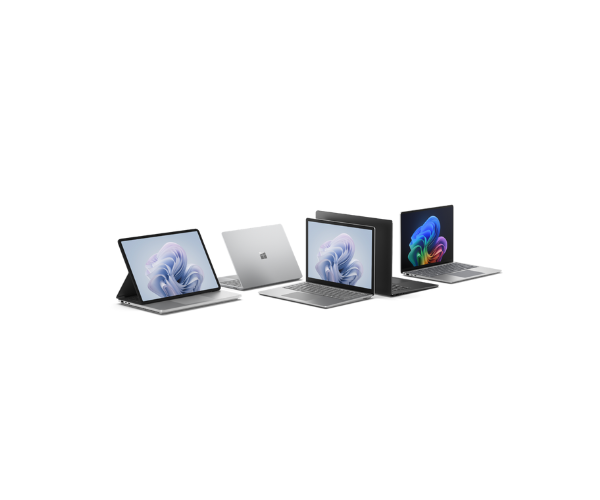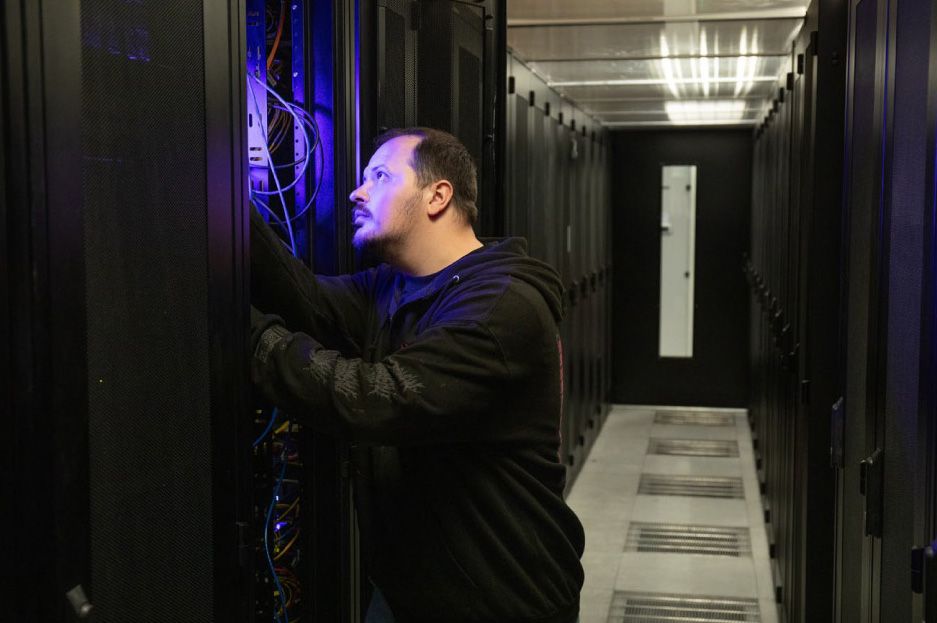
Reimagine Modern Work with Microsoft Surface for Business
At Viatel Technology Group, we talk a lot about helping our customers work smarter, not harder. That means...
Our Solutions
At Viatel Technology Group, we are focused on a bold vision where our digital services have the greatest impact possible on people’s lives all over the world.
* The creators of the NPS metric, Bain & Company, say that although an NPS score above 0 is good, above 20 is great and above 50 is amazing.
Get in touch with our experts today.
